Expansion of Renewable Energy Sector
The expansion of the renewable energy sector is emerging as a crucial driver for the Rotary and RF Rotary Joint Market. As the world shifts towards sustainable energy sources, the need for efficient energy transfer systems becomes paramount. Rotary joints play a vital role in wind turbines and solar tracking systems, facilitating the movement and operation of these technologies. Recent market analyses suggest that the renewable energy sector is expected to grow significantly, with investments in wind and solar energy reaching unprecedented levels. This growth is likely to create substantial opportunities for manufacturers of rotary joints, as they seek to provide solutions that enhance the efficiency and reliability of renewable energy systems. Thus, the Rotary and RF Rotary Joint Market stands to gain from the increasing focus on sustainability and energy efficiency.
Growing Demand in Aerospace and Defense
The aerospace and defense sectors are pivotal in driving the Rotary and RF Rotary Joint Market. With the increasing need for advanced systems in aircraft and military applications, the demand for reliable rotary joints is on the rise. These components are essential for ensuring seamless communication and power transfer in complex systems. Recent statistics indicate that the aerospace sector alone accounts for a significant share of the market, with expectations of continued growth as new aircraft models are developed. The emphasis on enhancing operational efficiency and reducing weight in aerospace applications further fuels the demand for innovative rotary joints. Consequently, the Rotary and RF Rotary Joint Market is likely to benefit from this trend, as manufacturers strive to meet the evolving requirements of the aerospace and defense sectors.
Increased Focus on Research and Development
An increased focus on research and development (R&D) within the Rotary and RF Rotary Joint Market is fostering innovation and enhancing product offerings. Companies are investing in R&D to develop advanced rotary joints that meet the specific needs of various applications, including medical devices and telecommunications. This emphasis on innovation is likely to lead to the introduction of new materials and designs that improve performance and durability. Furthermore, collaboration between industry players and research institutions is becoming more common, facilitating the exchange of knowledge and technology. As a result, the market is expected to witness a wave of new products that cater to diverse industry requirements. This trend underscores the importance of R&D in shaping the future of the Rotary and RF Rotary Joint Market.
Rising Automation in Industrial Applications
The rising trend of automation in industrial applications is significantly influencing the Rotary and RF Rotary Joint Market. As industries strive for greater efficiency and productivity, the integration of automated systems becomes essential. Rotary joints are integral components in automated machinery, enabling smooth operation and reducing wear and tear. The manufacturing sector, in particular, is witnessing a shift towards automation, with many companies investing in advanced robotics and automated systems. This trend is expected to drive the demand for high-quality rotary joints, as they are critical for maintaining operational efficiency. Market forecasts indicate that the automation sector will continue to expand, thereby positively impacting the Rotary and RF Rotary Joint Market as manufacturers adapt to meet the needs of increasingly automated environments.
Technological Advancements in Rotary and RF Rotary Joint Market
The Rotary and RF Rotary Joint Market is experiencing a surge in technological advancements that enhance performance and reliability. Innovations such as improved materials and designs are leading to more efficient rotary joints, which are crucial in various applications, including aerospace and telecommunications. The integration of smart technologies, such as IoT capabilities, allows for real-time monitoring and predictive maintenance, thereby reducing downtime. According to recent data, the market is projected to grow at a compound annual growth rate (CAGR) of approximately 5% over the next five years, driven by these advancements. As industries increasingly adopt automation and smart technologies, the demand for high-performance rotary joints is likely to escalate, further propelling the Rotary and RF Rotary Joint Market.


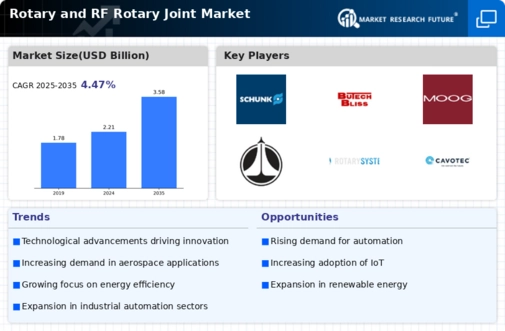
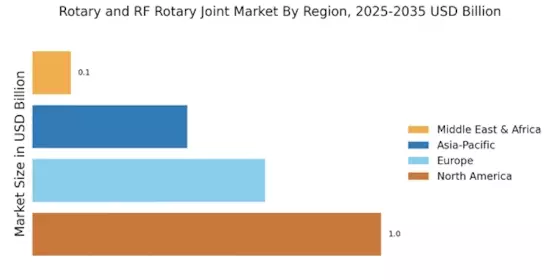

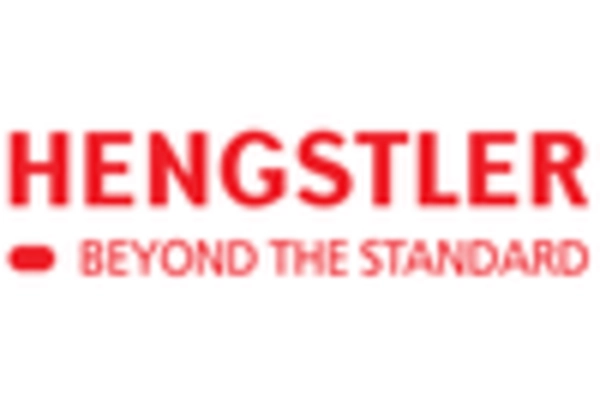
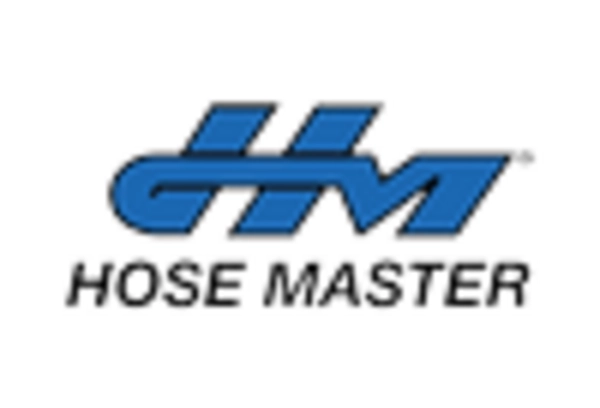
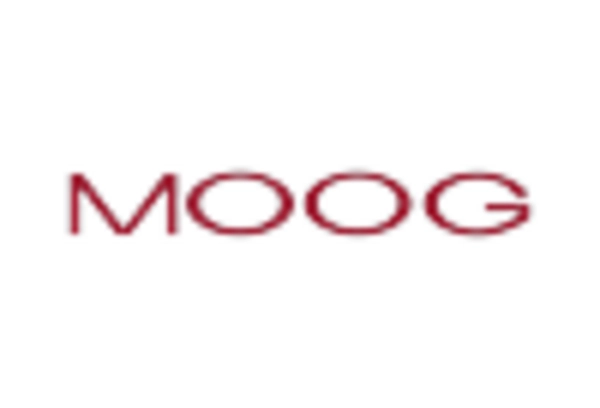

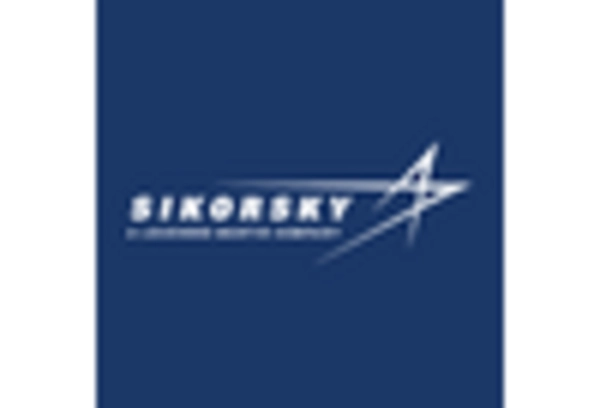








Leave a Comment